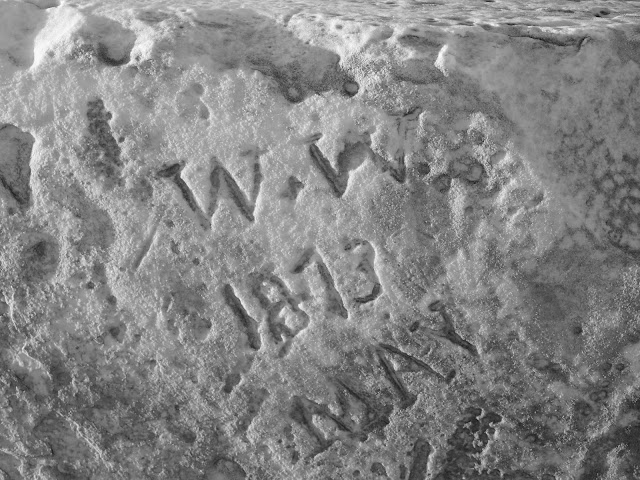"If you haven't been to Sounio, then we're not discussing anything else." My friend Chrysoula, also a travel blogger, was decisive; it was not so much advice as an injunction.
Watching the sunset from the temple of Poseidon at Cape Sounio is one of a handful of ultimate Greek experiences where nature and history show each other off.
Cape Sounio is remote, maybe an hour from the city along an ever narrowing road that hugs a rugged, winding coastline.
Why build such a grand temple in such a wild spot? Because of the wildness. Don't imagine it peaceful, bathed in golden light. Winds funneled through the straight between Andros and Evia, and more winds from the strait of Chalcis made this this last of challenging seas perhaps the most treacherous. Who can say how rough the seas would have been were it not for this temple to pacify Poseidon. Only after passing the temple in safety could a ship reasonably look forward to coming safely to harbor.
So imagine those earlier travelers while you applaud the sunset (really- everyone claps spontaneously- this is the most festive of group archaeological experiences), the sea benign and serene below.
But nothing sells an attraction like celebrity guests. I had heard that Lord Byron had inscribed his name somewhere on the temple. Given his services to the nation, it's not so unreasonable he left this mark; it adds a welcome layer of history.
And it wasn't just Byron. The lower portions of the temple are covered with deeply etched dates, names, initials. These are not some hoodlums with cans of spray paint and fat magic markers. They were hoodlums armed with chisels and hammers, and, over the decades, there were lots of them. The idea of raising a tool to antiquity seems deviant. But it wasn't Greece then, it was the Ottoman Empire. Greece was a cherished idea in the hearts of the people who traveled out to this remote cape, yes deface antiquity, but also to attach themselves to something timeless and monumental, something that in some cases, they ultimately brought back to life. Given the advance preparation needed (the hammer, the chisel, the horses and cart... or maybe a sailboat?), this must have been a requisite activity on the Grand Tour (and for some Greeks). You can imagine them writing of it in their journals- the journeys, if less treacherous, by no means convenient, the remoteness, the success of their endeavor. Maybe this passionate vandalism was a rebellion that in spirit played a role in a much greater one.
To go to Cape Sounio:
There are many organized bus trips that will get you there in comfort, but this is the time to rent a car and hug the curves of the Athens Riviera.








No comments:
Post a Comment